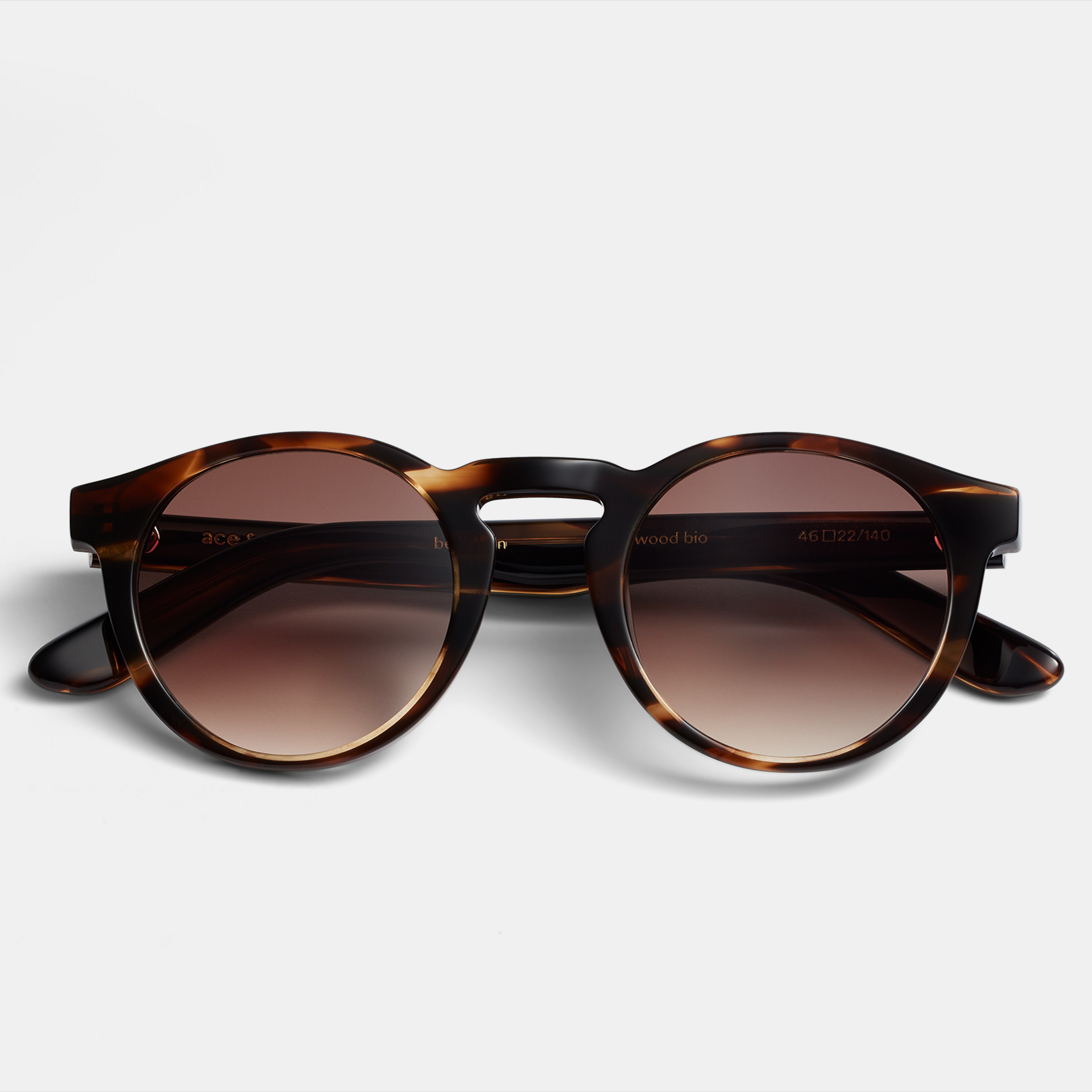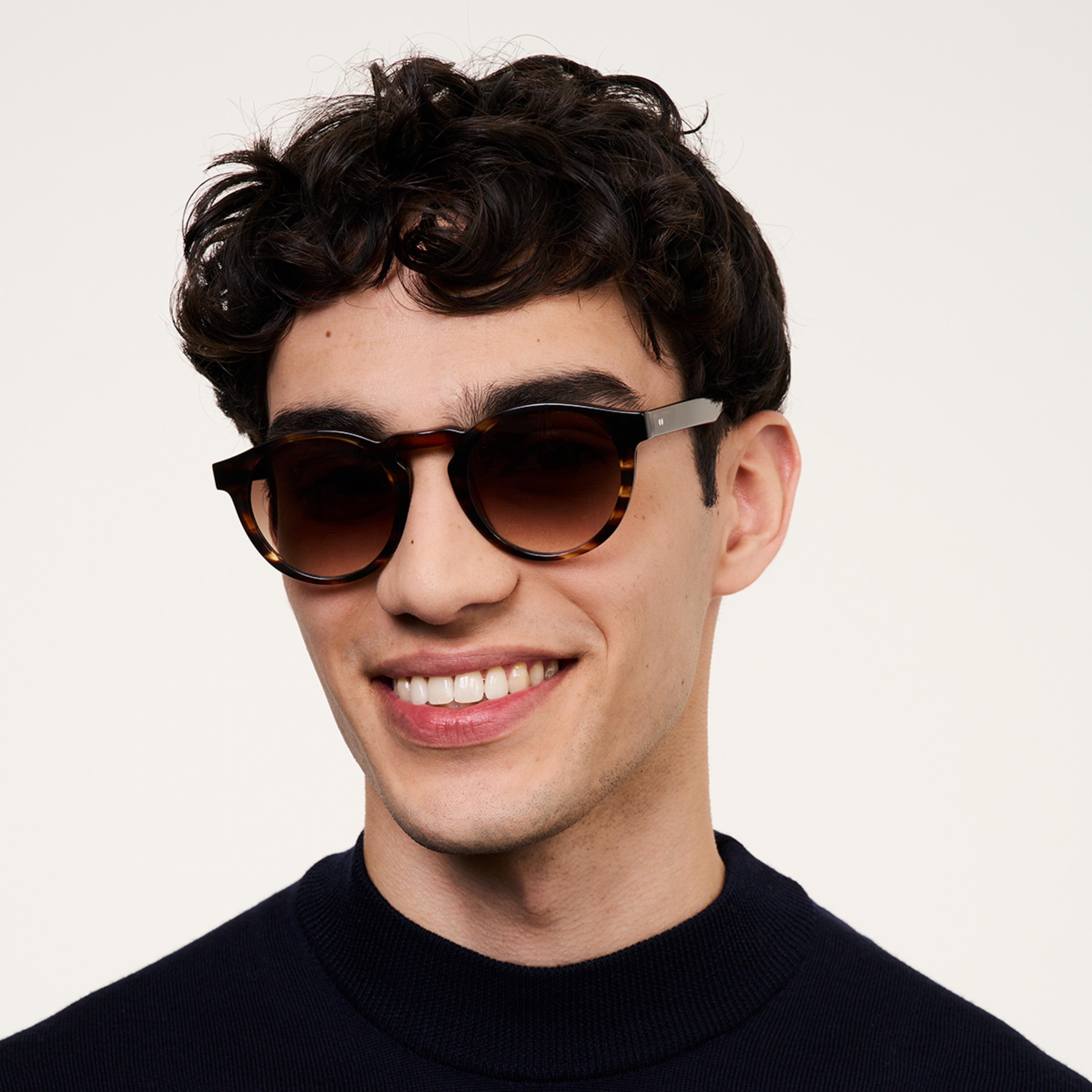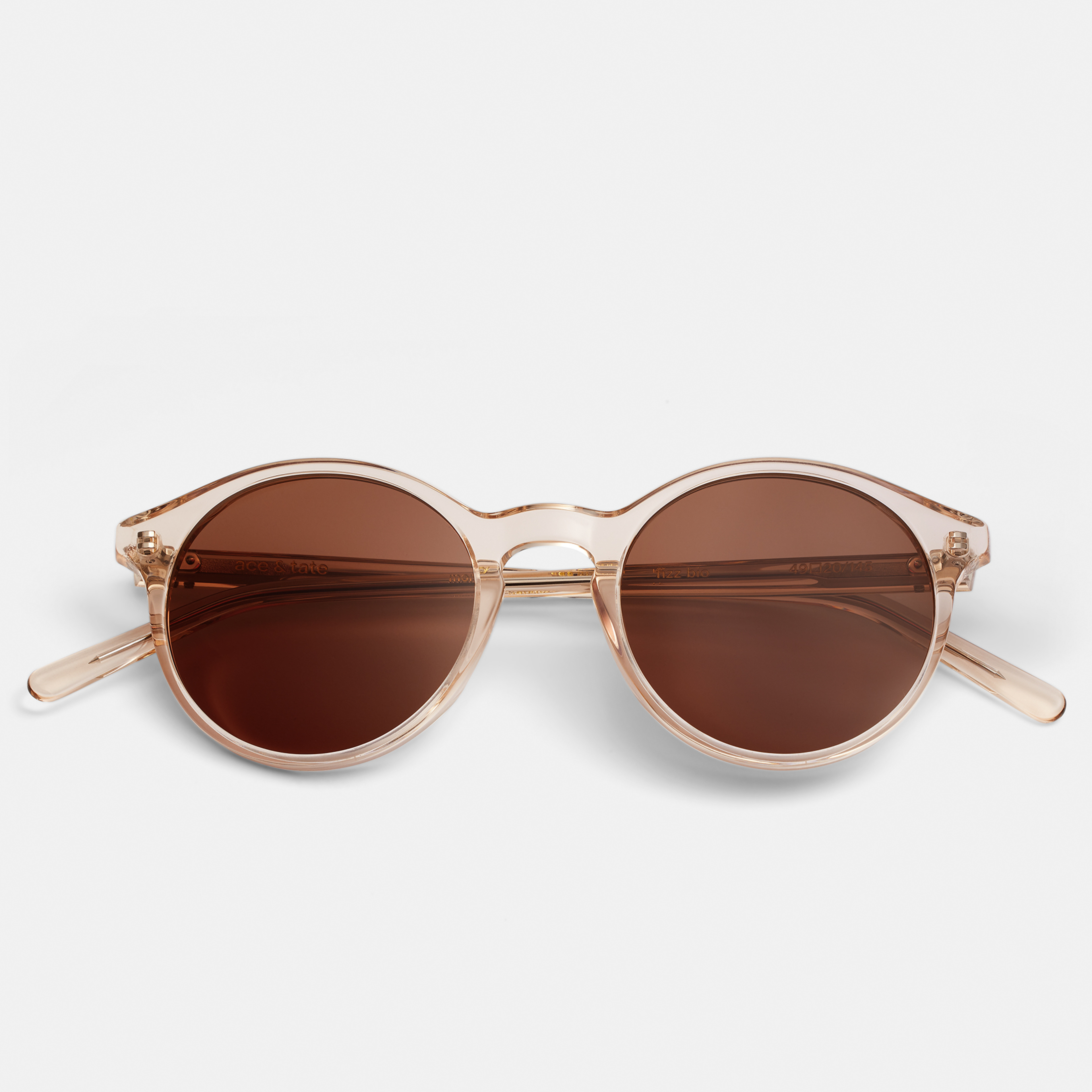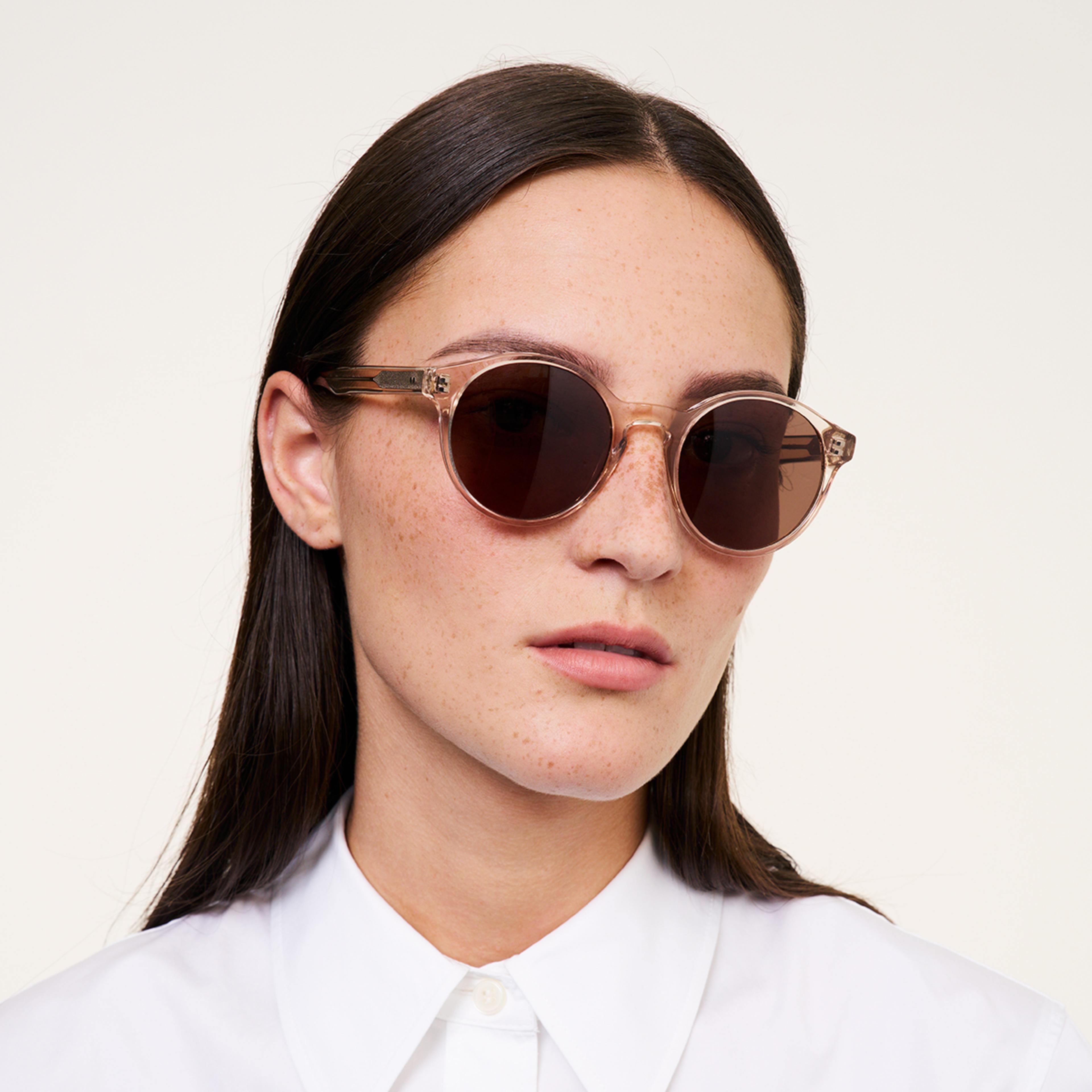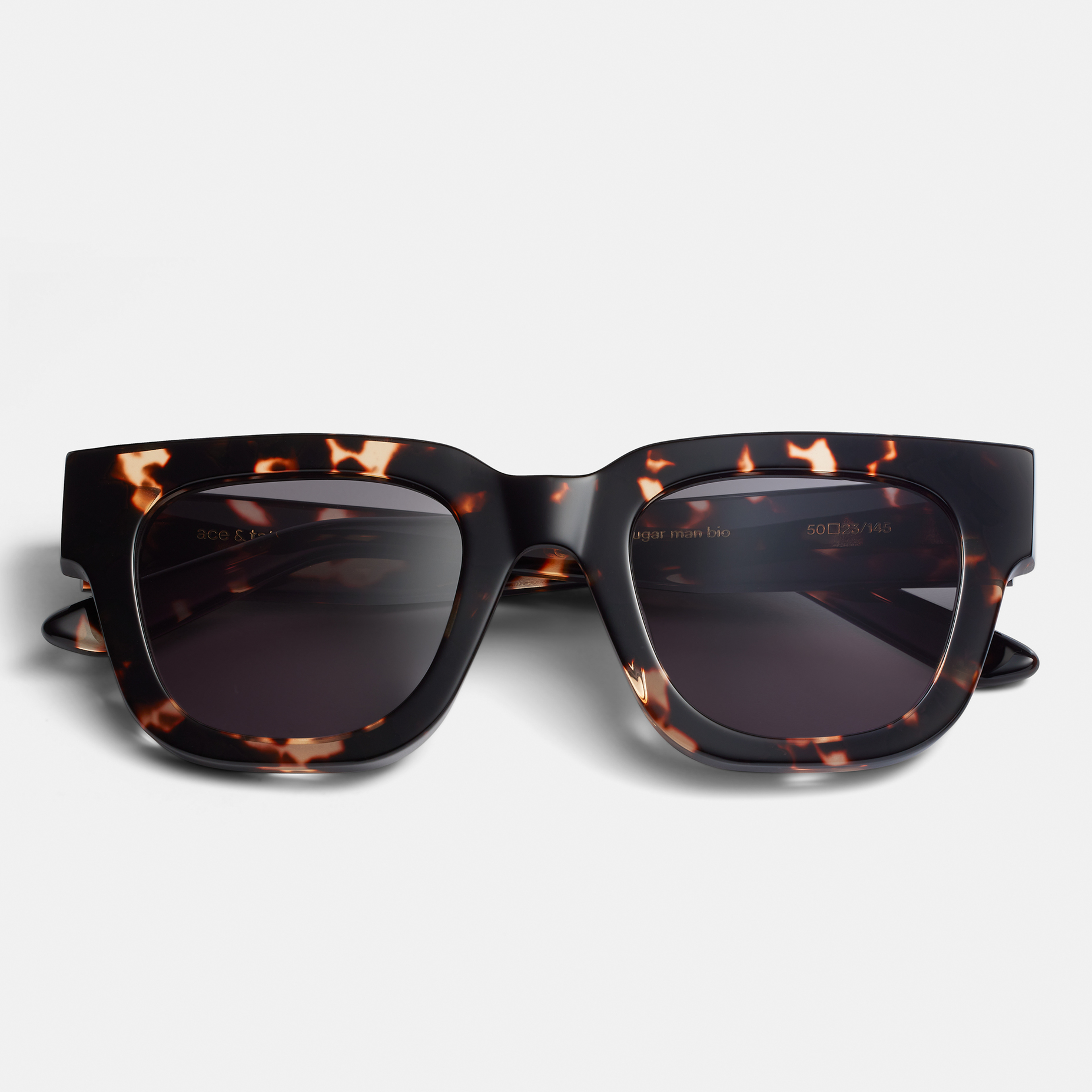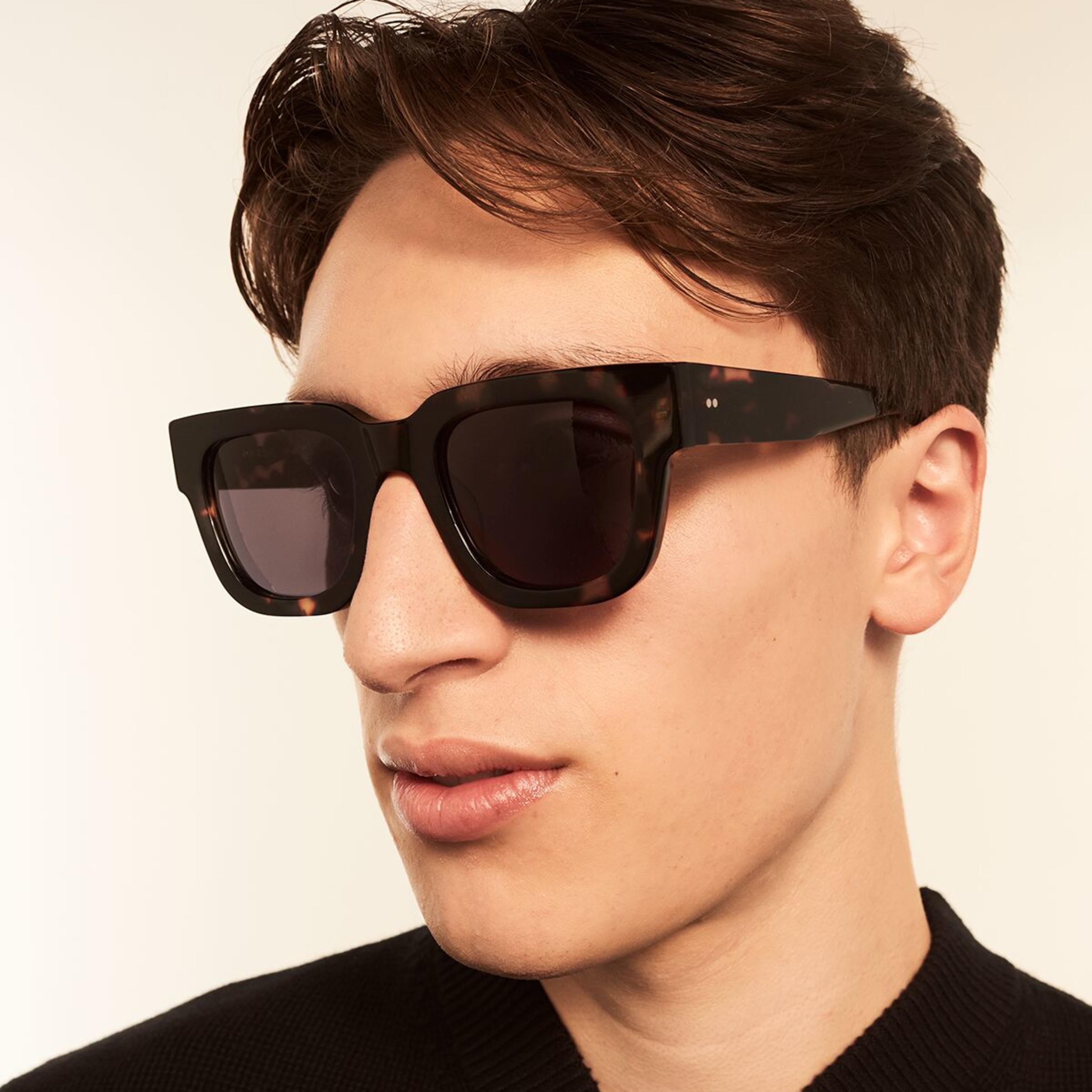Polarised lenses and sunglasses explained
Benefits of our Polarised Lenses
Ease eye strain
Eliminate glare
Improve colour perception
Increase visual clarity
Eliminate glare
Eliminate glare
Improve colour perception
Increase visual clarity
Get rid of glare with our polarising lenses

Polarised sunglasses vs non-polarised
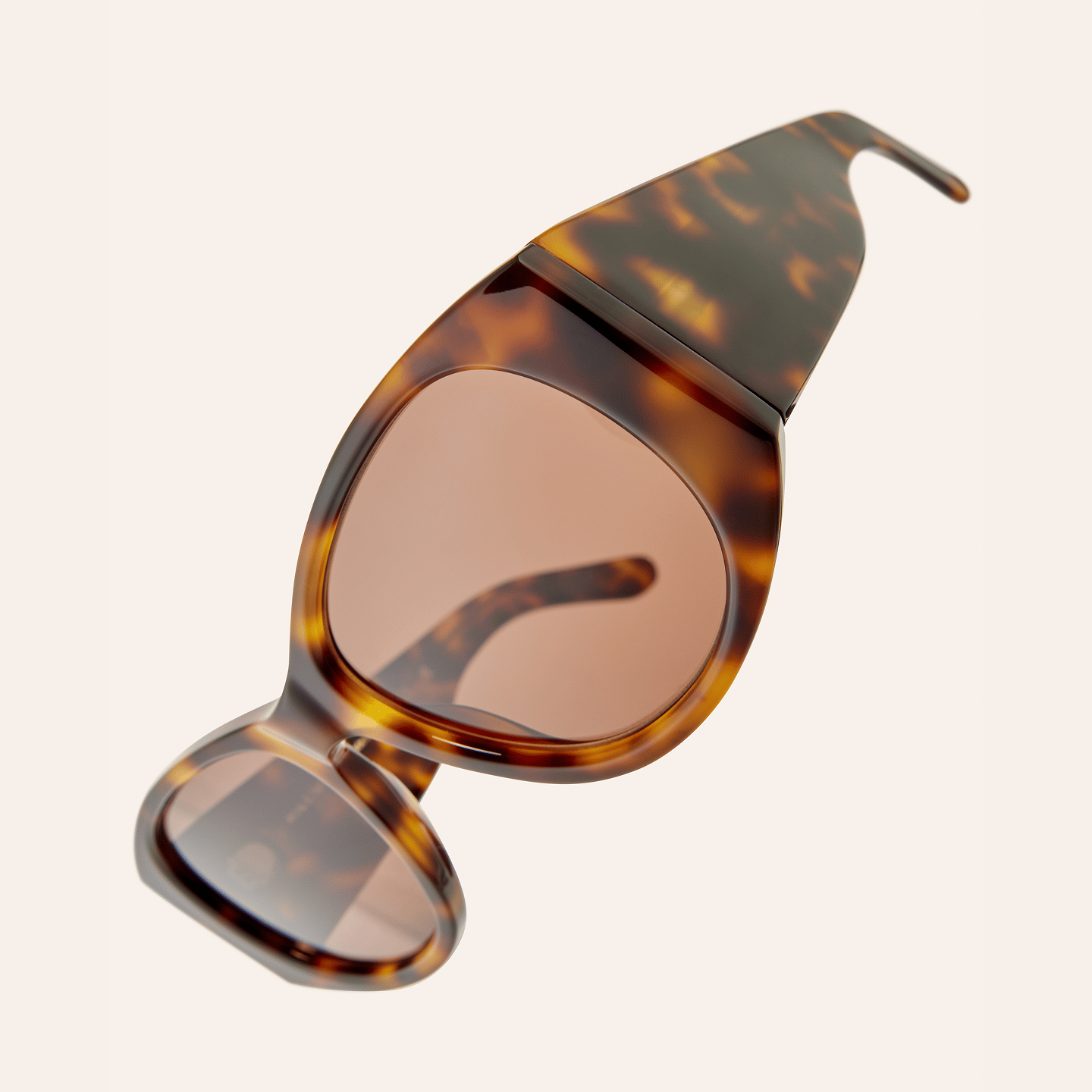
Upgrade your sunglasses
- Single vision: a Sphere (SPH) of between -10.00 and +8.00 dioptres, and a CYL of up to -6.00
- Varifocal: a Sphere (SPH) of between -10.00 and +8.00 dioptres, and a CYL of up to -4.00
FAQ
When light waves hit an even surface, such as a calm lake, a flat piece of metal, or some snow on the slopes, it reflects at one angle. This one-angled light that reflects straight into the eyes is called glare.
Our Polarised Lenses help to solve this problem and reduce glare. These lenses are laminated with tiny vertical stripes, which only allow the vertical light waves to enter the wearer’s eyes. As a result, glare is eliminated. Sounds good, right?
In some situations, you might find polarised sunglasses more comfortable than regular sunglasses. E.g. if you’re outdoors a lot, are sensitive to light, or often drive around in wet- and sunny conditions. Polarising lenses won’t protect your eyes from UV damage any more than regular sunglasses though. If you feel like you’re squinting a lot, even while wearing regular sunglasses, you might consider buying polarised sunglasses instead.
To put it simply, our Polarised Lenses reduce glare from light-reflecting surfaces and protect your eyes from harmful UV rays. As a result, it reduces eye strain and enables you to see colours more vividly. And who wouldn’t want a better view, right?
If you’re doubting whether or not polarised sunglasses are worth the investment, consider what you’re going to use them for. If you’re spending a lot of time on the road, or are an outdoorsy person and notice you’re squinting a lot with regular sunglasses on — then polarising sunglasses are definitely worth it.
Adding Polarised Lenses to your sunglasses costs an additional €70. It’s not possible to add the lenses if you’ve purchased glasses with the Same Day Glasses service, Premium Lenses, or sunglasses with gradient lenses.
There are a couple of situations in which we wouldn’t recommend purchasing polarised sunglasses. The lens used reduces the amount of light that enters the eye. For that reason, the lenses shouldn’t be used during the night or in situations in which clear lenses are required.
Besides that, the lens makes it difficult to read LCDs. On that account, pilots shouldn’t use polarised sunglasses, as flight instruments and other aeroplanes might be less visible.
Our Polarised Lenses come in green, grey, and brown. The colour of your lenses will be determined by the specific frame you choose — they’re not interchangeable, sorry. Don’t be afraid to get in touch if you want to confirm the colour of your lenses before you order.
Yes! You can add our Polarised Lenses to your non-prescription sunglasses for an additional €70.
